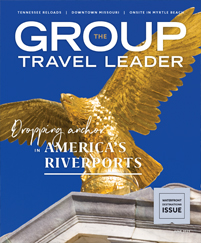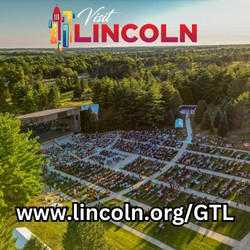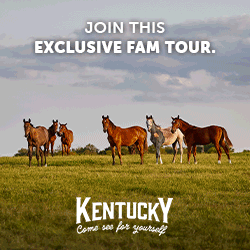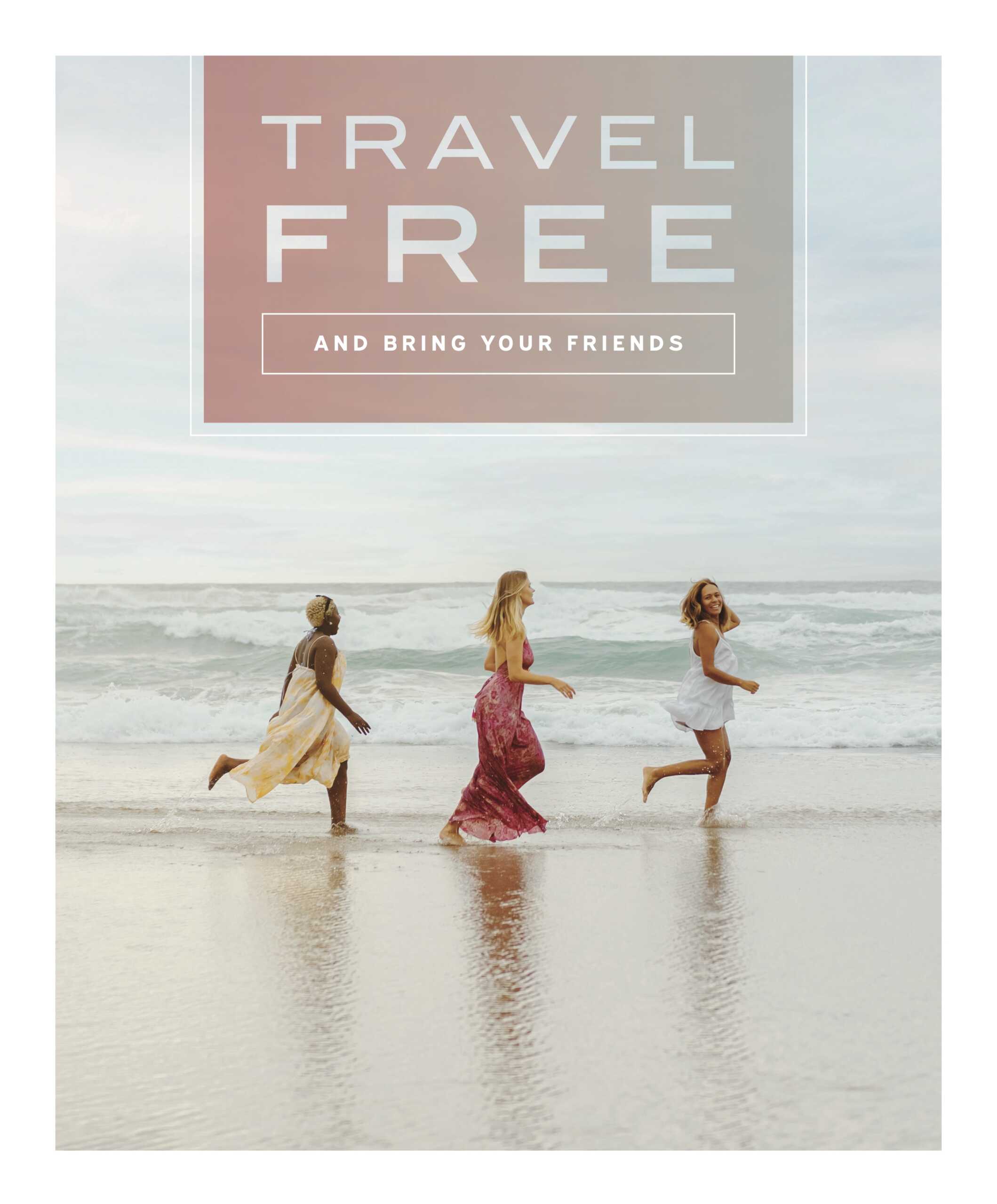Archaeologists keep uncovering treasures; historians continue reinterpreting the past; and tour operators never have to duplicate itineraries in Williamsburg and Virginia’s Historic Triangle. The region may be old, but newness blossoms regularly.
America is on the cusp of its semiquincentennial (that’s the fancy word for 250th birthday) in 2026, and the Williamsburg region is a window into the story of the nation’s origin. Groups can explore where English colonists established their first permanent settlement in North America, where ideas for an independent nation hatched and where a European ally helped secure America’s birth.
Colonial Capital
Colonial Williamsburg, a 301-acre living history museum that can be a singular destination for groups, is the attraction most synonymous with visiting this part of Virginia. Colonial Williamsburg itself is on the edge of a major birthday, too. As the U.S. celebrates 250 years, Colonial Williamsburg will mark its 100th birthday.
A hundred years ago, modern times were almost understandably overwhelming Williamsburg’s past. Progress led to the disappearance of important Colonial structures, modification of others, construction of new buildings and intrusions such as overhead electric wires.
The condensed story of why Colonial Williamsburg exists in its current state — a veritable through-the-looking-glass trip into the 1700s — is that a minister named Rev. W.A.R. Goodwin tantalized oil magnate John D. Rockefeller Jr. with a vision for some of his immense philanthropy — creating the world’s largest museum of American history. Plenty of building blocks remained in 1926, and Williamsburg’s historic area today includes 89 original 18th-century buildings along with hundreds of others reconstructed based on historical data and archaeological research.
“We have 301 acres, so this can be an overwhelming place if you don’t come with a plan,” said Brittany Rice, director of sales for Colonial Williamsburg, while quickly adding that she and her team stand ready to help group leaders organize successful itineraries.
Rice said Colonial Williamsburg can be part of a much bigger itinerary or a multi-faceted destination unto itself. Groups can disperse to wander through three parallel mile-long streets. They also can stay together for public programs or events booked solely for them. Interpreters in Colonial garb work throughout the property to explain daily life, describe historic events and demonstrate trades and crafts.
It is enjoyable to see a group of schoolchildren watch a Colonial soldier explain the many steps of firing a musket — and then cover their ears when he finally pulls the trigger. Similarly, it is fun to observe the facial expressions of a high school tour group as a guide describes the rigors — and restrictions — of being an apprentice to a tradesman. No one would volunteer for that life today.
Add-On Experiences
Some of Williamsburg’s most entertaining programs are “Visit a Nation Builder” presentations. Skilled actors put groups in a Colonial mindset by taking on the personas of famous figures such as Patrick Henry and the Marquis de Lafayette or of lesser-known people such as Ann Wager (teacher at the Bray School, established in 1760 for Black children) or Jane Vobe (proprietor of the King’s Arms Tavern).
Speaking of the King’s Arms Tavern, a popular group dining destination, it is a reproduction of a public house from 1772. Everything is true to its original period, including various dishes inspired by Colonial recipes. Examples include “peanute” soup, “shoat (pork) in the French way,” salmagundi (a “supper” dish known in modern times as a chef’s salad) and “onion pye.” A menu served by special arrangement pays homage to dishes from Martha Washington’s table. Her “Great Cake” featured citrus fruit, currants and brandy. Find other Colonial meals at Christiana Campbell’s Tavern and Shields Tavern.
While the whole of Colonial Williamsburg is a museum, two art museums add even more depth to the story. They are the Abby Aldrich Rockefeller Folk Art Museum and the DeWitt Wallace Decorative Arts Museum, where curators make items more interesting than one might expect. Those range from busts of Sir Walter Raleigh to a miniature violin similar to one Thomas Jefferson played and pewter and ceramic chamber pots.
Group-friendly lodging is abundant in the Historic Triangle, and Colonial Williamsburg itself has a wide selection. All are convenient to the historic area, and price points vary. They include the luxurious 62-room Williamsburg Inn and even multi-bedroom Colonial homes.
Historic Triangle
Both chronologically and geographically, Colonial Williamsburg is between two other major destinations — Jamestown and Yorktown. The National Park Service’s 23-mile-long Colonial Parkway in the Colonial National Historical Park links the three locations, which are collectively known as the Historic Triangle.
The Jamestown-Yorktown Foundation complements Colonial Williamsburg with two major attractions. The Jamestown Settlement is a living history museum that illuminates the native American culture that English colonists encountered in 1607, documents the first arrival of enslaved Africans in 1619 and showcases replicas of the English colonists’ three sailing ships — the Godspeed, the Discovery and the Susan Constant. The Susan Constant is due back later in 2025 after a two-year restoration project at Connecticut’s Mystic Seaport Museum.
The area’s destination with the most dramatic impact is the small Yorktown community along the York River — the site of a decisive battle pitting the Continental Army and its French allies against a hemmed-in British force. The allied siege succeeded, the British surrendered and the outcome of the Revolutionary War was sealed.
That story unfolds at a National Park Service site and at the American Revolution Museum, a facility that combines museum displays, videos and artifacts with a replica of a Continental Army encampment and a Colonial farm where costumed interpreters explain aspects of the war and everyday life. A museum highlight is a 12-minute film, “Revolution.” It reverberates through “a 4D-experiential theater” that puts guests amid the siege of Yorktown, complete with wind, smoke and thundering cannons.
For today’s group tours, the beauty of visiting Virginia’s Historic Triangle is its compactness. The motorcoach’s odometer will register less than 30 miles traveling from Jamestown to Colonial Williamsburg to Busch Gardens to Yorktown.











